Forty years ago, the Voyager 2 spacecraft made its closest approach to Saturn. Managed by NASA’s Jet Propulsion Laboratory in Pasadena, California, the Voyagers are a pair of spacecraft launched in 1977 to explore the outer planets. Initially targeted only to visit Jupiter and Saturn, Voyager 2 went on to investigate Uranus and Neptune as well, taking advantage of a rare planetary alignment that occurs once every 175 years to use the gravity of one planet to redirect it to the next. Although not the first to explore the ringed planet – Pioneer 11 completed the first flyby in 1979 – the Voyagers carried more sophisticated instruments to conduct in-depth investigations. Voyager 2’s twin, Voyager 1, made its closest approach to Saturn in November 1980. Forty-four years after their departure from Earth, both spacecraft continue to operate and report on the conditions of interstellar space.
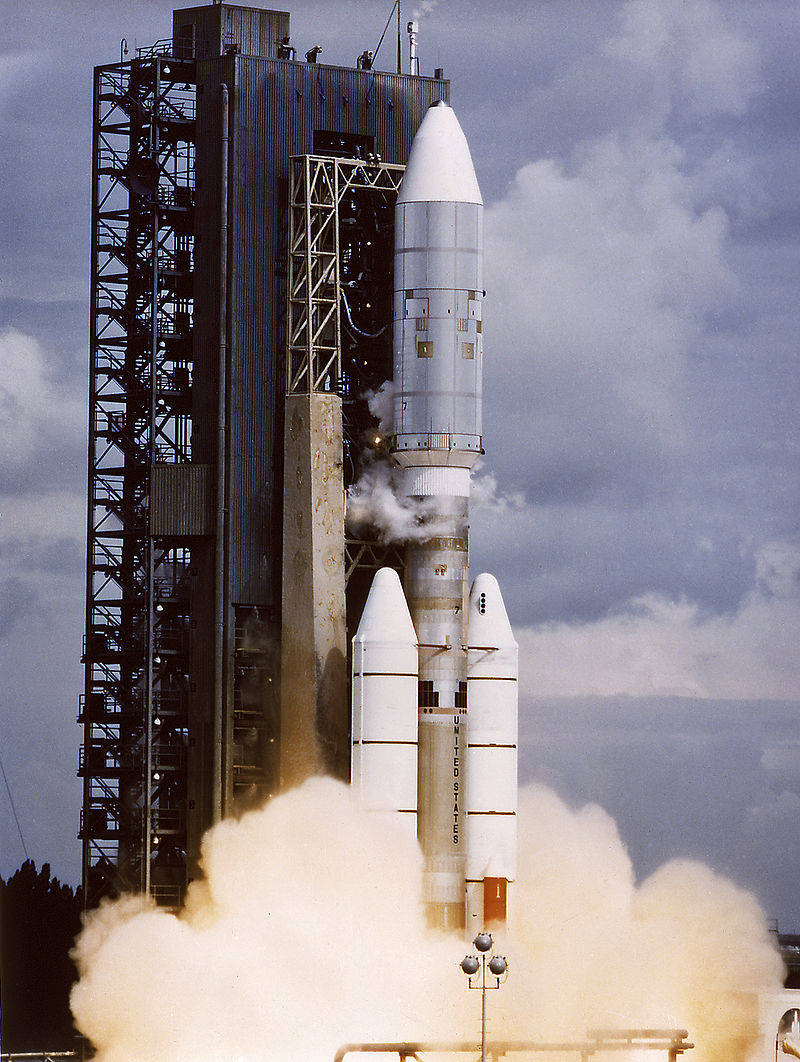
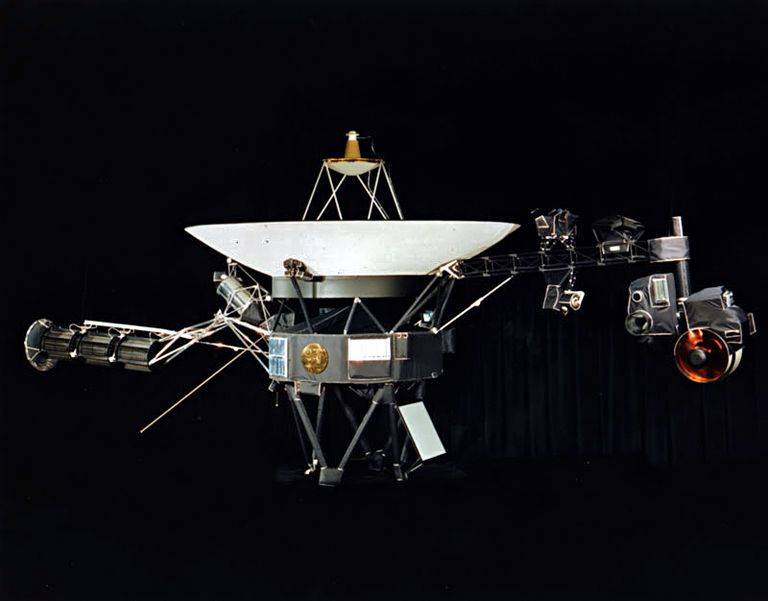
Left: The launch of Voyager 2. Right: Model of the Voyager spacecraft.
Each Voyager carried a suite of 11 instruments, including:
- an imaging science system consisting of narrow-angle and wide-angle cameras to photograph the planet and its satellites;
- a radio science system to determine the planet’s physical properties;
- an infrared interferometer spectrometer to investigate local and global energy balance and atmospheric composition;
- an ultraviolet spectrometer to measure atmospheric properties;
- a magnetometer to analyze the planet’s magnetic field and interaction with the solar wind;
- a plasma spectrometer to investigate microscopic properties of plasma ions;
- a low energy charged particle device to measure fluxes and distributions of ions;
- a cosmic ray detection system to determine the origin and behavior of cosmic radiation;
- a planetary radio astronomy investigation to study radio emissions from Jupiter;
- a photopolarimeter to measure the planet’s surface composition; and
- a plasma wave system to study the planet’s magnetosphere.
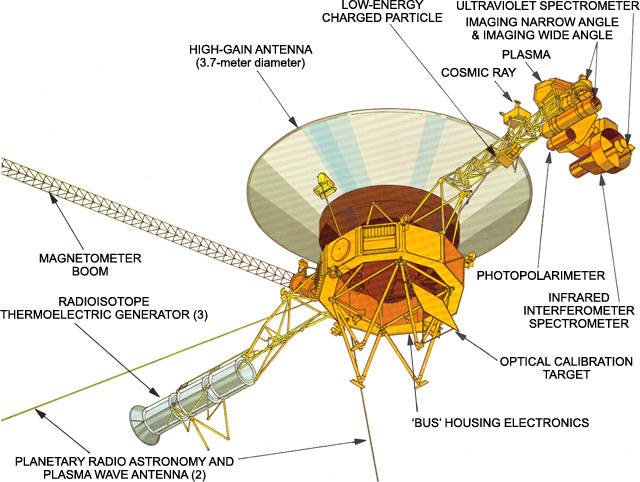
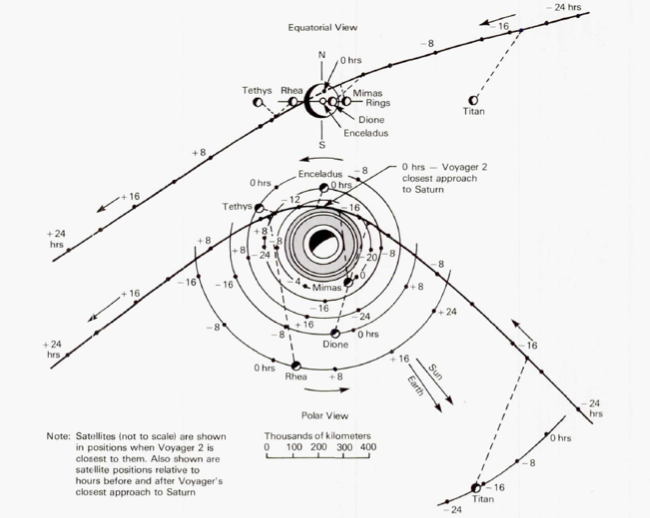
Left: Schematic of the Voyager spacecraft, illustrating the science experiments.
Right: Trajectory of Voyager 2 through the Saturn system.
Voyager 2 launched first on Aug. 20, 1977. The spacecraft successfully crossed the asteroid belt between Dec. 10, 1977, and Oct. 21, 1978. In April 1978, its primary radio receiver failed, and it has been operating on its backup receiver ever since. The spacecraft flew within 350,000 miles of Jupiter’s cloud tops on July 9, 1979, and during the four-month encounter returned 17,000 photographs and useful scientific information about the giant planet and many of its moons. Using the giant planet for a gravity assist, Voyager 2 began its 29-month journey to its next destination, Saturn. Following Voyager 1’s successful encounter with Saturn, and especially its important study of Titan, in November 1980, mission planners targeted Voyager 2 so it could image some of the moons not studied by its twin and use Saturn’s gravity to speed it onward to encounter Uranus in 1986 and Neptune in 1989.
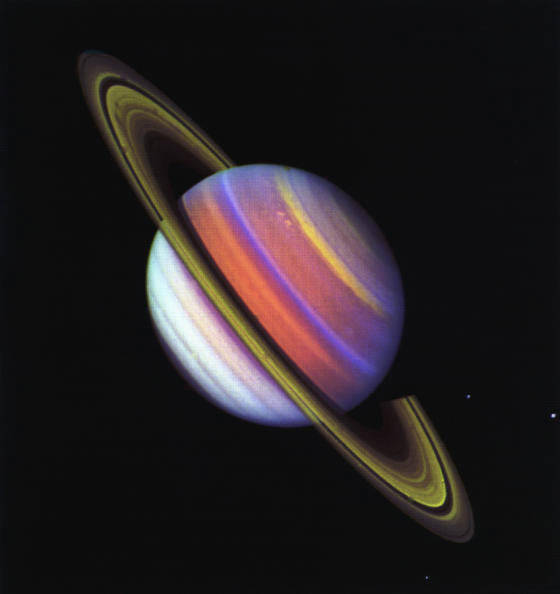
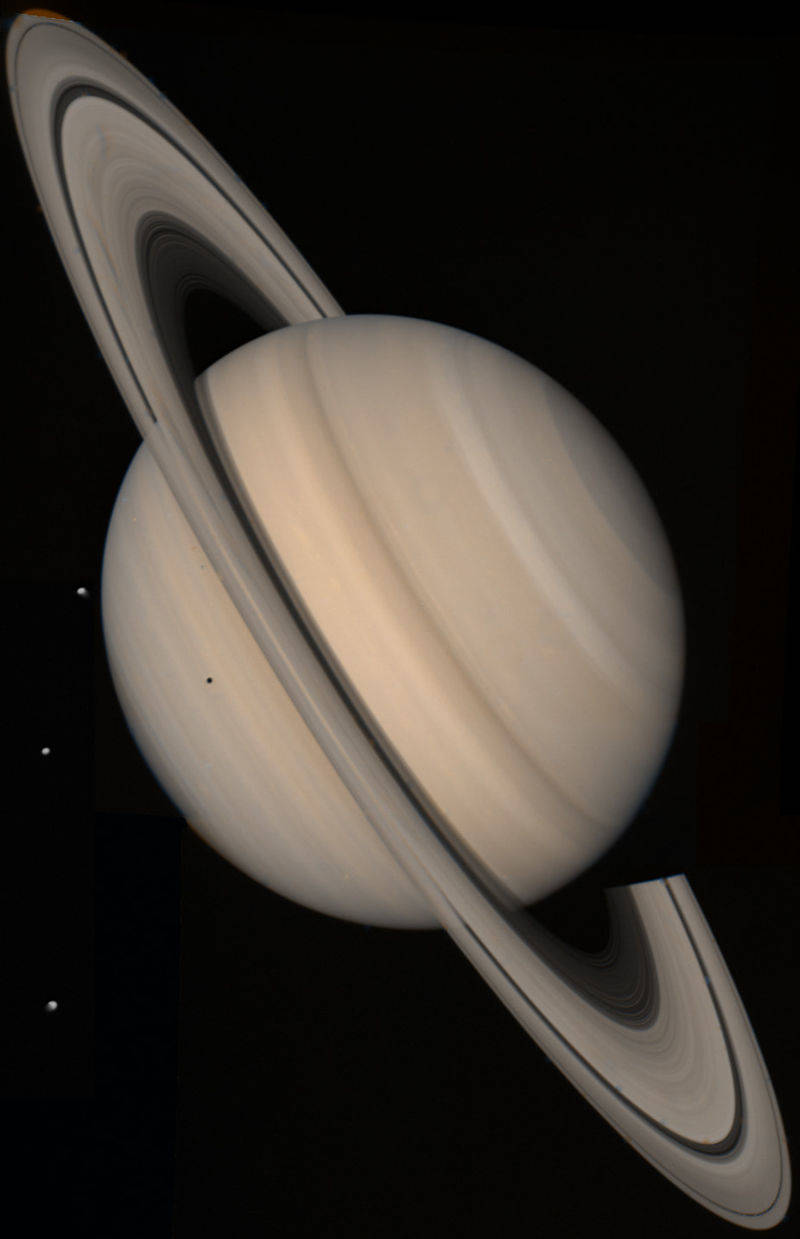
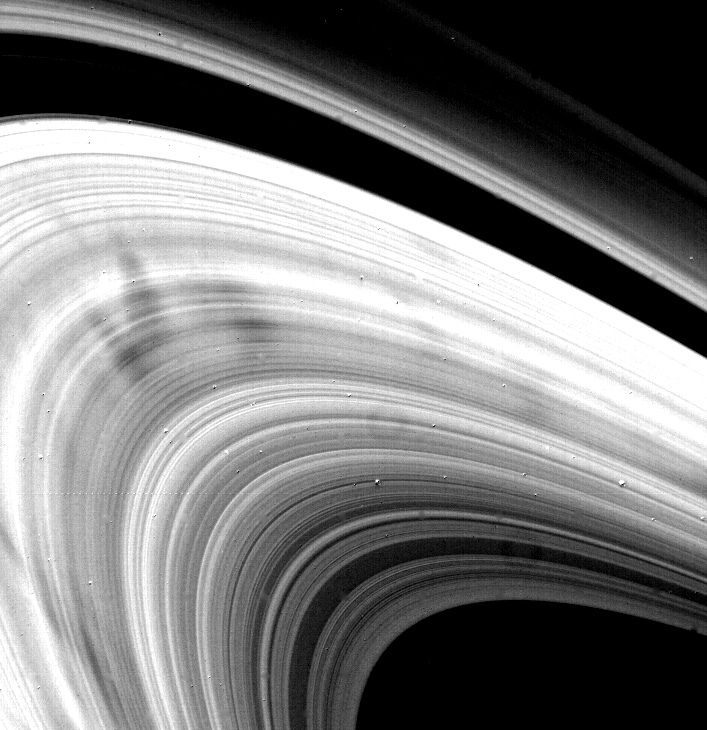
Left: Voyager 2 false-color image of Saturn to highlight the bands in the planet’s atmosphere, taken from 30 million miles. Middle: Saturn and three of its moons are visible in this image taken from 13 million miles – Tethys, top, with its shadow on the planet, Dione, and Rhea. Right: From 2.5 million miles, spokes are visible in Saturn’s B-ring.
Voyager 2 began its long-range observations of Saturn on June 5, 1981, when the spacecraft was still 41 million miles from the planet, and sent back progressively sharper images of the planet, its atmosphere, and its rings as Voyager 2 closed in on its target. It returned spectacular photographs of the rings and small shepherd moons such as Prometheus and Pandora that act to herd the rings’ particles. Three days before its closest approach to Saturn, Voyager 2 imaged the two-toned moon Iapetus from 565,000 miles away, and two days later it photographed the moon Hyperion from 310,000 miles. Eighteen hours before closest approach, it passed within 413,000 miles of Saturn’s largest satellite Titan and returned images of its orange cloud cover. After passing within 26,000 miles of Saturn’s cloud tops, Voyager 2 photographed the icy moon Enceladus from 54,000 miles, the small moon Janus from 140,000 miles, and Tethys from 58,000 miles. Three days after its closest approach, Voyager 2 turned its camera on a partially backlit Saturn, returning stunning photographs from 2.1 million miles away. On Sept. 4, it imaged the tiny moon Phoebe from 1.3 million miles, revealing little of its surface features. By the time observations of the Saturn system concluded on Sept. 28, the spacecraft had returned 16,000 images of the planet, its rings, and its satellites.
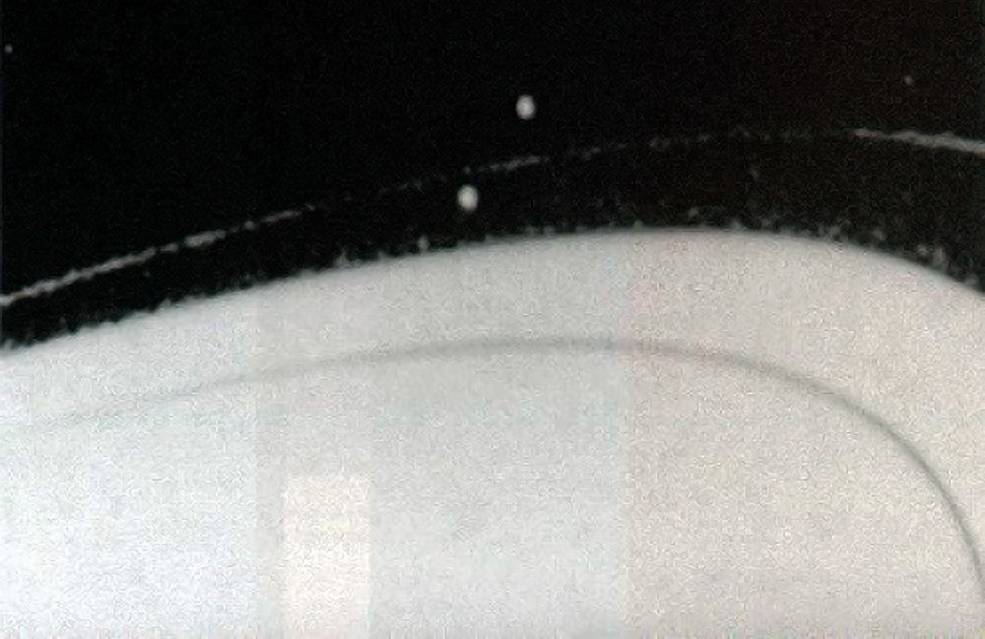
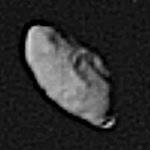
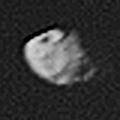
Left: The two F-ring shepherd moons Prometheus, inner, and Pandora. Middle: Closeup of the inner shepherd moon Prometheus. Right: Closeup of the outer shepherd moon Pandora.
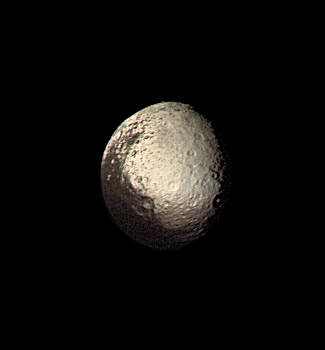
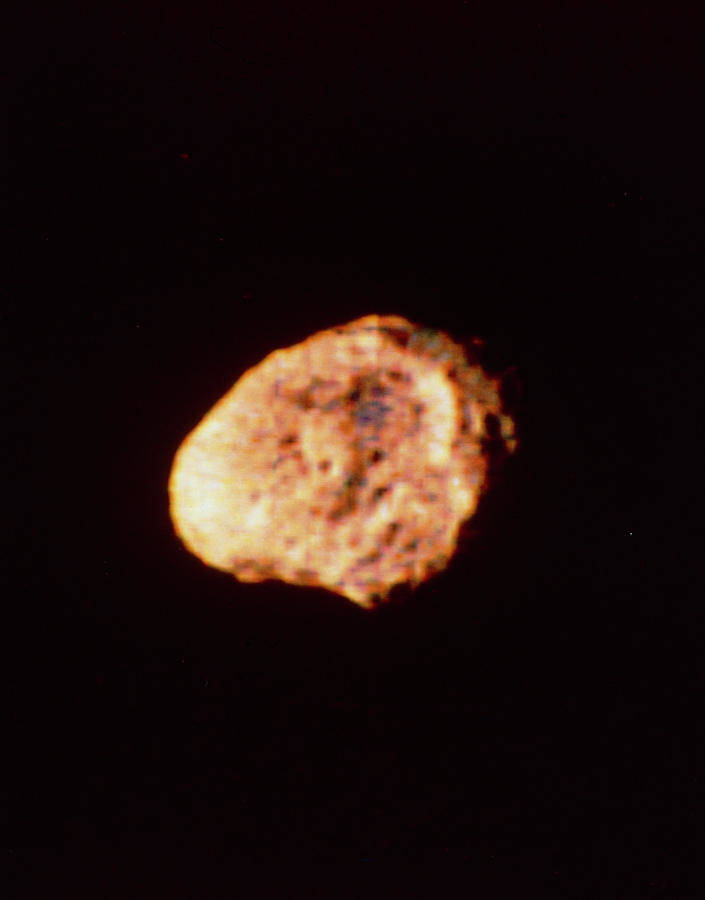
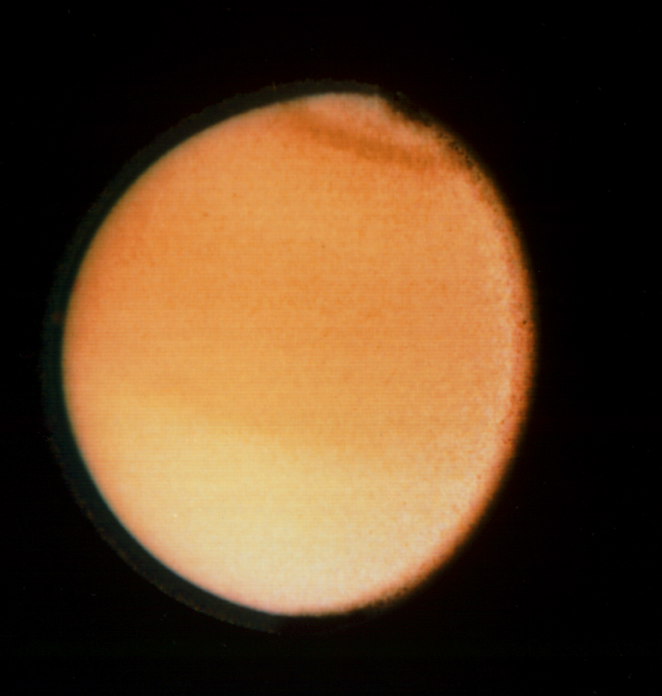
Saturn’s moons Iapetus, left, Hyperion, and Titan imaged by Voyager 2 during its approach to the planet. The images do not show the moons to scale.
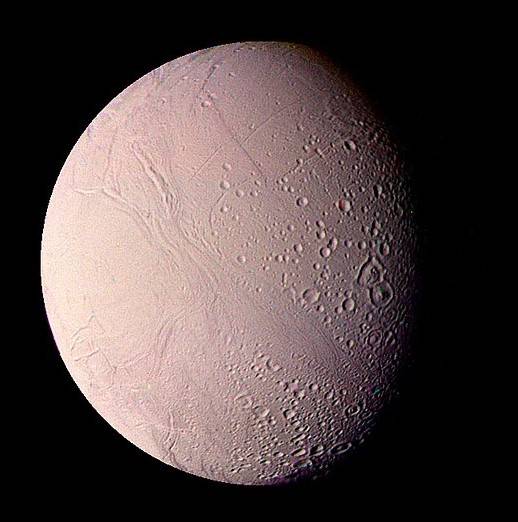
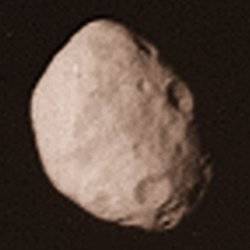
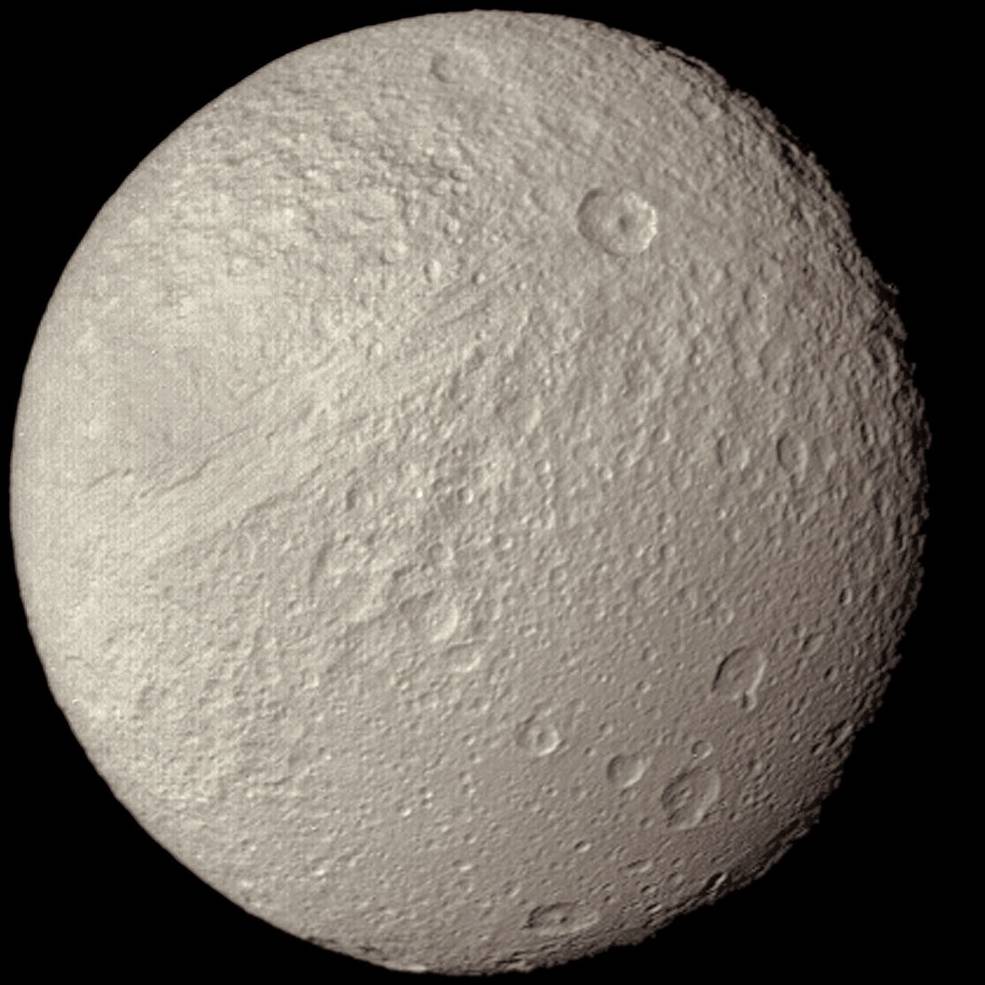
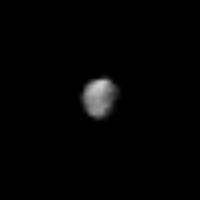
Saturn’s moons Enceladus, left, Janus, Tethys, and Phoebe imaged by Voyager 2 after its closest approach to the planet. The images do not show the moons to scale.
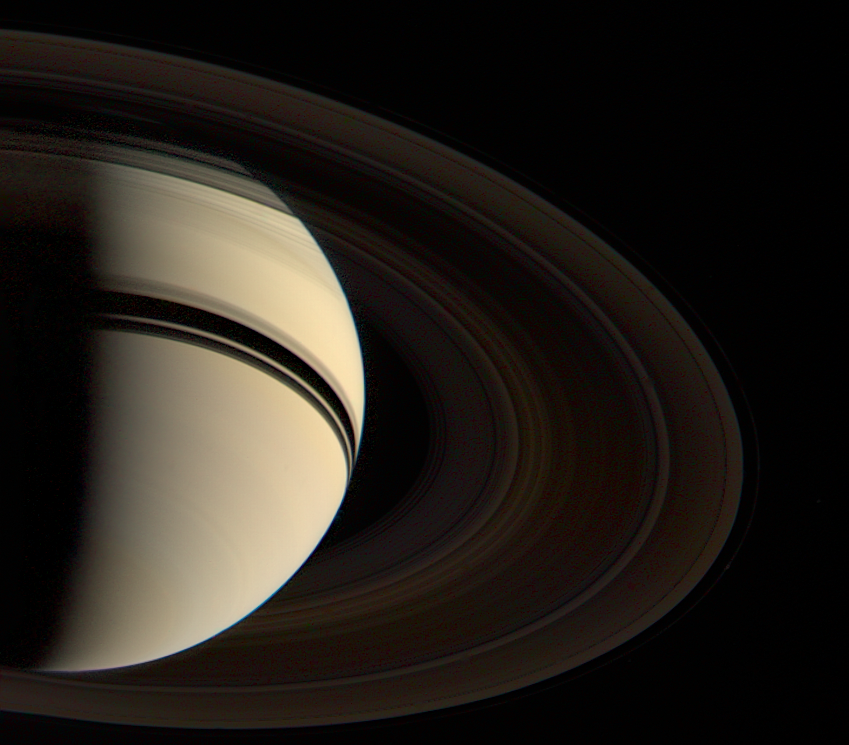
Voyager 2’s parting view of Saturn, taken from 2.1 million miles.
On Sept. 29, the day after completing its observations of Saturn, Voyager 2 fired its thrusters for a course correction to send it onward to its next target, Uranus. In January 1986, Voyager 2 carried out the first reconnaissance of that planet, its satellites, and its rings. In turn, Voyager 2 picked up a gravity assist at Uranus to send it to its final planetary encounter, exploring Neptune in August 1989. Voyager 2 then began its Interstellar Mission extension that continues to this day. Over the years, several of the spacecraft’s instruments have been turned off to conserve power, beginning with the imaging system in 1998, but it continues to return data about cosmic rays and the solar wind. On Nov. 5, 2018, six years after its twin, Voyager 2 crossed the heliopause, the boundary between the heliosphere, the bubble-like region of space created by the Sun, and the interstellar medium. It is expected that Voyager 2 will continue to return data from interstellar space until about 2025. And just in case it may one day be found by an alien intelligence, Voyager 2, like its twin, carries a gold plated record that contains information about its home planet, including recordings of terrestrial sounds, music, and greetings in 55 languages. Scientists thoughtfully included instructions on how to play the record.
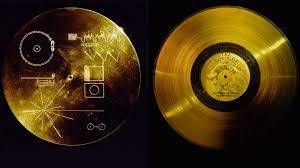
The gold disc carried by each Voyager spacecraft.


























